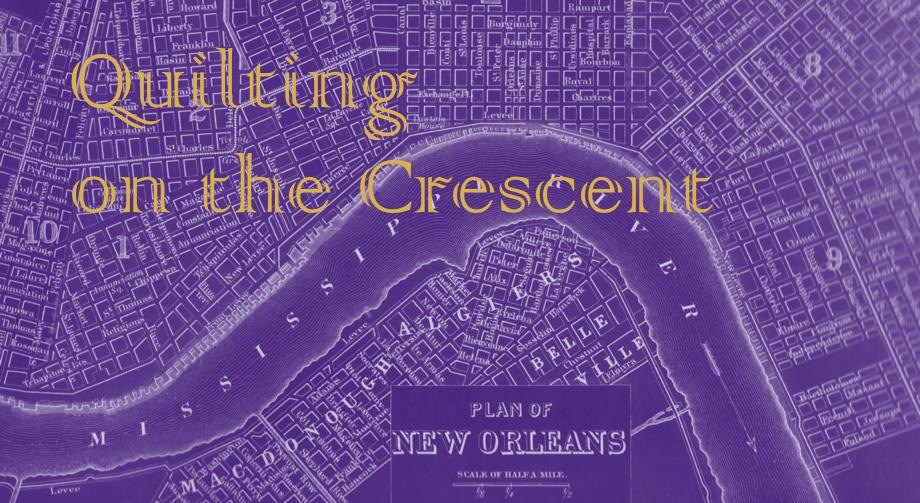 |
| Doesn't the woman's apron look like patchwork? |
Each card illustrates a native of the country or province in traditional garb, seated at or using their Singer sewing machine. The reverse of the card has a brief description of the country and a few words about the Singer sewing machine office located there. Distributed in boxed sets of 36, the cards are copyright 1892 by the Singer Manufacturing Co. and printed by J. Ottmann Lith. Co.
The machines illustrated on the cards are mostly transverse and vibrating shuttle machines that were typical home sewing machines. The machine in the card above is a VS2 (vibrating shuttle) with a fiddle-shaped base. VS2 machines were manufactured from about 1887 to 1891. The machine shape changed to a rectangular base after 1891 and was called a Model 27.
I chose this card more for the woman's costume than the sewing machine. The embroidery and other details on her jacket are beautiful!
The machine illustrated here was known as a Model 2. It was literally the second production model and was manufactured from 1854 through the 1890s. It was a large, heavy machine with lots of room under the sewing arm.
An industrial machine: Model 29. Used for sewing leather and making harnesses.
or transverse shuttle mechanism, and was manufactured for approximately 30 years, beginning in 1865.
The sewing machines are sitting on top of the wooden cover that was supplied with the machine.
Another set of charming costumes, and the sewing work appears to be embroidery done on a Singer sewing machine.
The "Costumes of All Nations" cards proved so popular, Singer soon issued a second set with different illustrations. I'll save those for another day!
In the meantime, I located another website devoted to the World Columbian Exposition sponsored by the University of Virginia. The focus of the article is the history of the fair and the effect it had on American culture.





